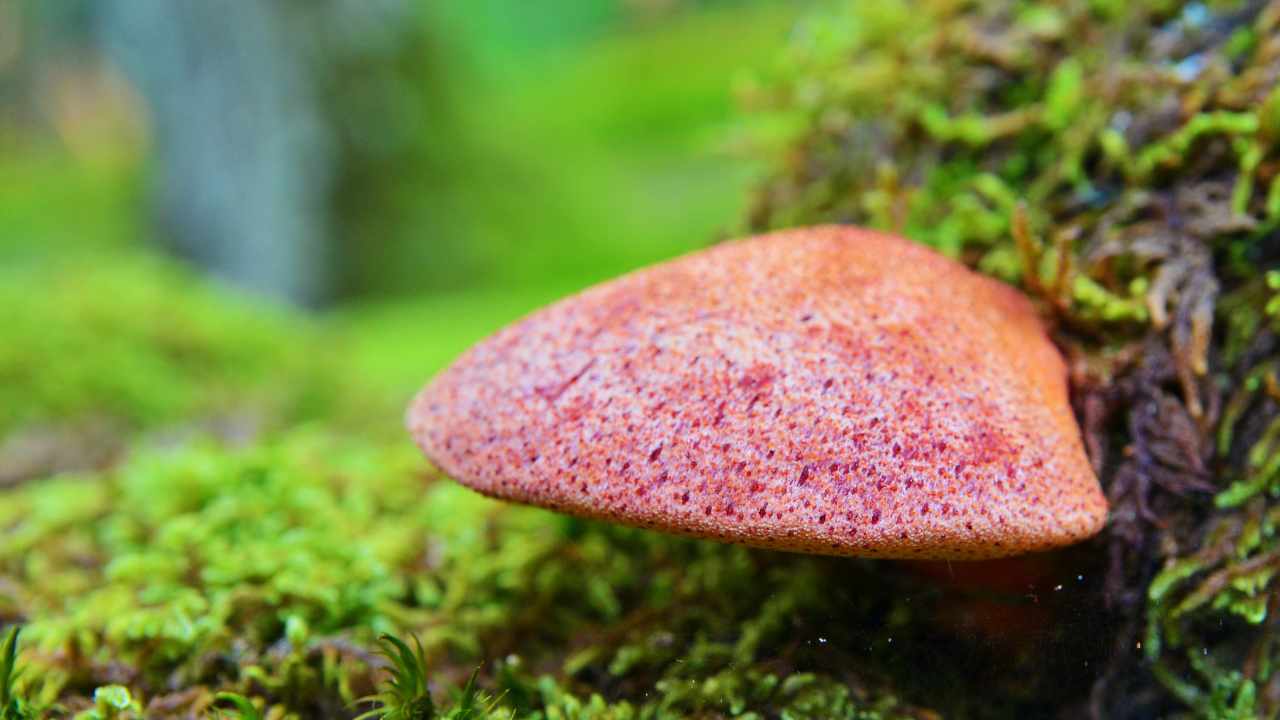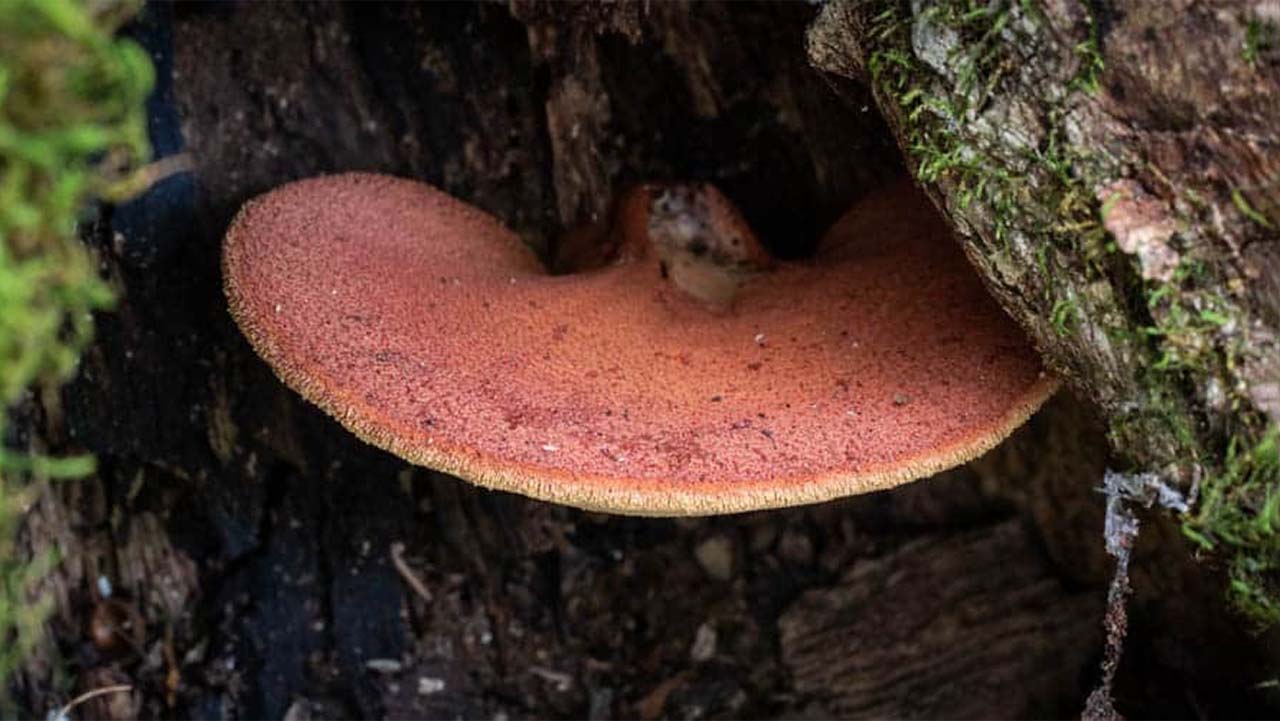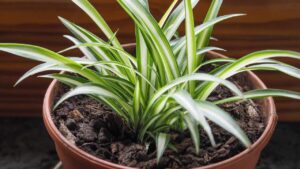After a Specific Meeting Near a Tree, Post a Photo on Social Media, and Then the Answer Will Come.
Today, I bring you an incredible story. A mountain enthusiast is shocked at the sight of a strange figure and asks the Instagram community for help in identifying it. Among thousands of responses and comments, one message provided clarity, identifying the mysterious entity as a fungus called Fistulina hepatica, also known as “ox tongue“. The woods always unveil breathtaking landscapes and an array of vegetation, some of which can be surprisingly distinct in their characteristic shapes. Among these natural wonders is the ox tongue, a peculiar mushroom that is very difficult to identify.

The Mushroom Called “Ox Tongue”
Fistulina hepatica, often referred to as “ox tongue,” is a type of fungus that thrives in coniferous and deciduous forests, particularly during the autumn season. This mushroom is known for its tongue-like shape, which is where it gets its name. The ox tongue has a fleshy, brick-red colored cap, which can reach considerable dimensions, even over 30 centimeters in diameter. Its surface is smooth and feels moist to the touch. Underneath the mushroom, you’ll find thick pores that start off crimson when young and gradually transition to a brown hue as the mushroom ages.
The ox tongue mushroom is highly regarded as a culinary delicacy in traditional cuisine and is often used as a meat substitute. Its texture is firm and fibrous, resembling that of a steak. It has a strong and slightly acidic flavor, somewhat reminiscent of meat. This mushroom is enjoyed either fresh or cooked and can be incorporated into a variety of dishes, including stews, soups, or grilled preparations.

From a nutritional point of view, ox tongue mushrooms are rich in fiber, vitamins, and essential minerals like potassium and zinc. They are also low in fat and calories, making them an excellent option for individuals on a low-calorie diet or looking to consume healthy, nutritious foods.
From a medical point of view, ox tongue mushrooms have a history of traditional use due to their antibacterial, anti-inflammatory, and potentially anticancer properties. Recent research has confirmed these claims, revealing that this mushroom contains bioactive compounds, including organic acids and polysaccharides, which may contribute to reducing inflammation and strengthening the immune system.





